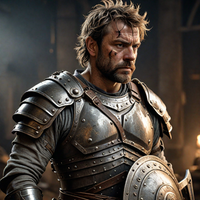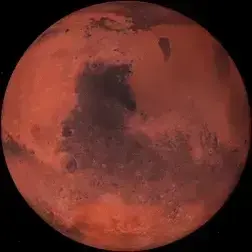[email protected] I interviewed someone for a jr data analyst roll once, and one of the questions I asked was to explain the Monty Hall problem.
They told me the odds were 50:50, so I rolled out the 100 door version.
They told me the odds were 50:50.
Management decided to hire him, anyway.




If you pick feats in a vacuum, based on how impactful you expect them to be in the mean average of all sessions across all tables, sure.
But you probably shouldn’t pick feats that way. They should either be an expression of your character concept, or a reaction to the campaign you’re currently playing.